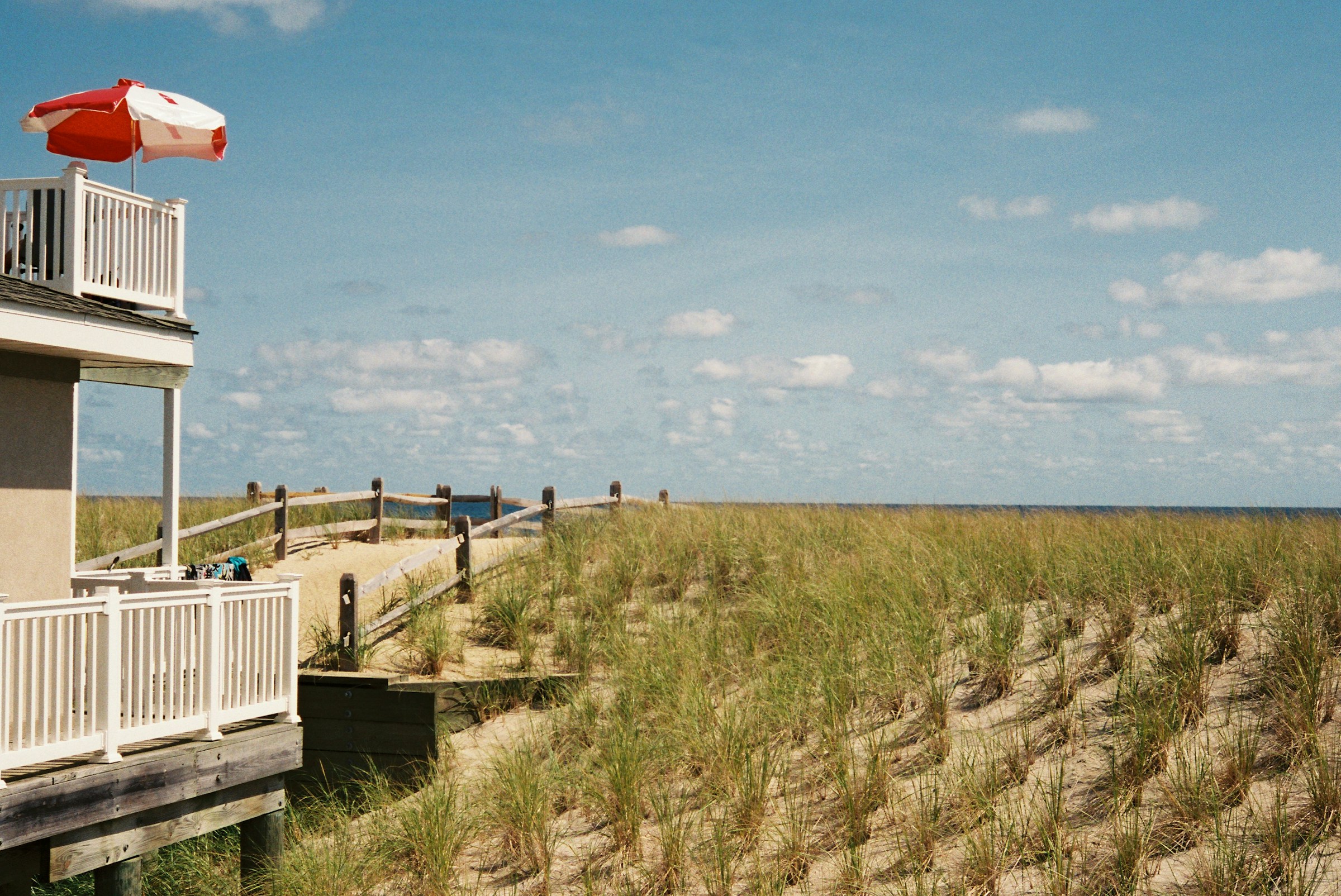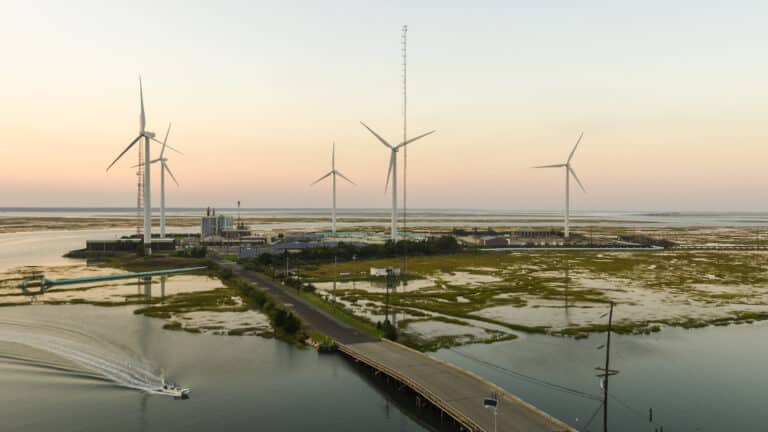TL/DR –
The climate crisis is real. A rare tree cactus in Key Largo, Florida has now officially lost the battle with rising sea levels, making it the first local U.S. extinction due to sea level rise. But, there’s still a little hope on the horizon – thanks to some hardworking plant protectors, we might just see this cactus restored to the wild someday. Keep your fingers crossed and keep fighting for our planet!
A Hidden Gem Could Not Stand Up To Rising Seas
An obscure tree cactus that has grown for decades, camouflaged by a thicket of mangrove trees in Key Largo, Florida, has lost its fight against rising sea levels and other challenges.
According to a study published this week, the cactus is now considered locally extinct in the United States. This is believed to be the nation’s first local extinction due to sea level rise.
Despite the grim news, a coalition of plant rescuers and researchers are working tirelessly to restore the tree cactus to the wild.
What Does ‘Locally Extinct’ Mean?
Being ‘locally extinct’ implies that the cactus trees are no longer found in the Keys or South Florida, according to the research team. However, there are still some growing in a few places in the Bahamas and Cuba.
Documenting A Rapid Demise
Researchers discovered that half of the cactus plants had broken stems and portions chewed down to their fleshy tissues in 2015. Another half died the following year. This prompted emergency cuttings to be taken and preserved in greenhouses. The situation worsened when a hurricane hit the Keys, resulting in large portions of Key Largo flooding for days.
How Fast Are Sea Levels Rising In The Florida Keys?
South Florida, with its low-lying lands, is particularly susceptible to rising sea levels. This is primarily driven by warmer temperatures causing ocean water to expand and land-based glaciers and ice sheets to melt.
Saving A Rare Species Stem By Stem
By 2021, only six cactus stems were left alive. The remaining fragments of the cactus have been taken to grow at Fairchild, along with over 1,000 harvested seeds.
Concerns For The Future
“Ecosystems are invariably changing, due to both human-induced and natural reasons, and this trend is predicted to escalate,” said Lange. Loss of habitat is the single most significant contributor to biodiversity loss. In some instances, native species to the Florida Keys cannot be relocated without impacting something else.
Original Story at www.usatoday.com





